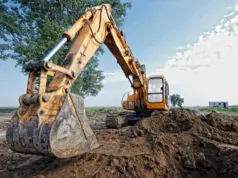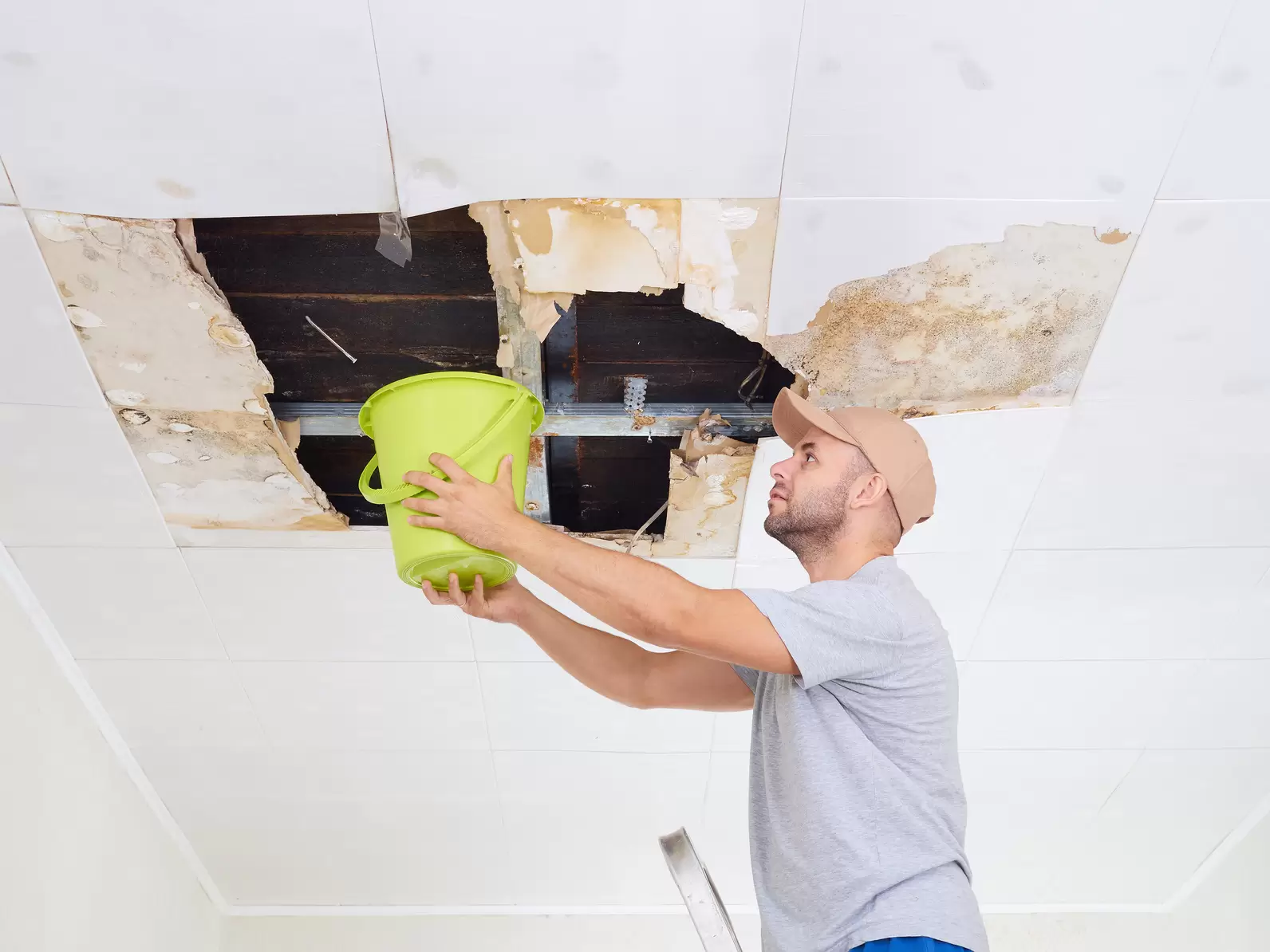
Water leaks can be a nightmare for office buildings, causing damage to the structure, promoting mold growth, and disrupting daily operations. The worst part is that not all leaks are immediately visible, especially those lurking behind the walls. Dealing with water leaks promptly is crucial to preventing further damage and costly repairs.
Recognizing The Signs
Detecting a water leak behind the walls can be challenging, as the damage often remains hidden. However, several telltale signs can help identify potential water leaks in office buildings.
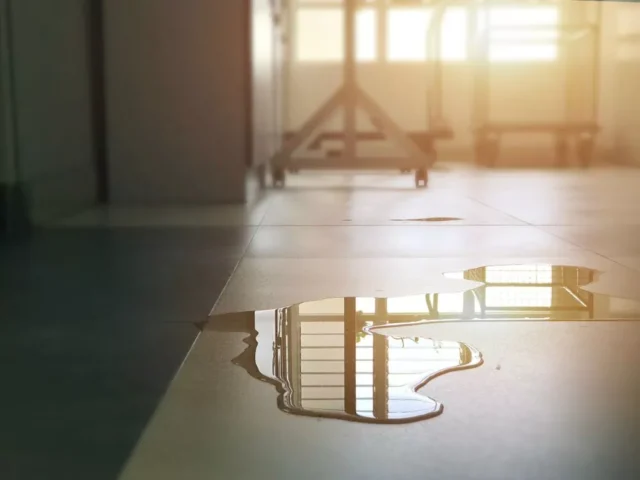
1. Unpleasant Odors
One of the first indicators of a water leak is the presence of musty or damp odors in the affected area. The odor is caused by the growth of mold and mildew, which thrive in moist environments. If one notices a persistent, unpleasant smell in their office space, it could indicate hidden water damage.
2. Discoloration or Stains
Water leaks can cause visible discoloration or stains on walls, ceilings, or floors. Look out for patches of yellow or brown spots, peeling paint or wallpaper, or bubbling plaster. These signs often indicate water infiltration from behind the walls.
3. Warped or Sagging Walls
Excessive moisture can cause walls to warp or sag, distorting their appearance. It could indicate water damage if one notices bulging, uneven surfaces, or distorted walls. Such changes in the structure of the walls should be addressed, as they may indicate ongoing leaks.
4. Deteriorating Materials
Water leaks can lead to the deterioration of various building materials. Look for crumbling drywall, deteriorating baseboards, or swollen wooden structures. Any signs of degradation should be investigated further to determine the presence of a water leak.
5. Unexplained High Water Bills
If one’s office building experiences a sudden increase in water consumption without any apparent explanation, it could indicate an underlying water leak. Monitor your water bills closely and compare them to previous months to identify any unexplained spikes in usage.
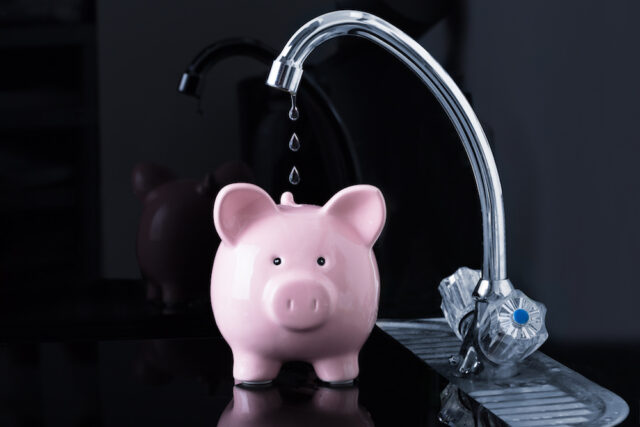
The Importance Of Dealing With Water Leaks Promptly
Addressing water leaks is essential to minimizing the damage they can cause. Neglecting water leaks can lead to a range of issues, including:
1. Structural Damage
Water infiltration behind the walls can weaken the structural integrity of the building. Over time, continuous exposure to moisture can compromise the stability of the walls, floors, and ceilings. Resolving water leaks can help prevent costly structural repairs in the future.
2. Mold and Mildew Growth
Excess moisture from water leaks creates an ideal environment for mold and mildew to thrive. These fungal growths not only cause unpleasant odors but can also pose health risks to office building occupants. Promptly addressing water leaks can prevent the spread of mold and maintain a healthy indoor environment.
3. Electrical Hazards
Water and electricity are a dangerous combination. A water leak behind the walls can contact electrical wiring, leading to short circuits or electrical fires. Addressing water leaks helps mitigate the risk of electrical hazards and ensures the safety of the building and its occupants.
4. Damage to Equipment and Inventory
Water leaks can damage office equipment, furniture, and inventory, resulting in financial losses. Computers, printers, documents, and other valuable assets can be destroyed or rendered unusable if exposed to water damage. Immediately stopping water leaks can prevent such losses and minimize business interruptions.
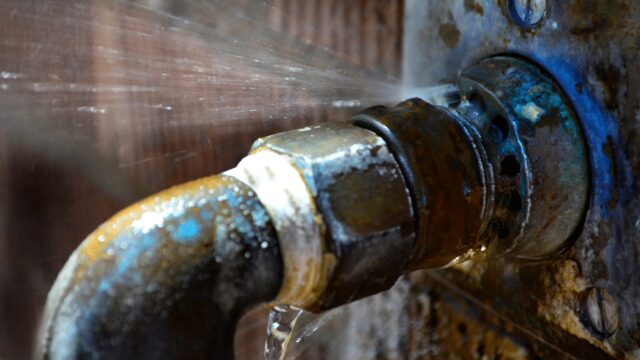
Dealing With Water Leaks
When faced with the signs of a water leak behind the walls in one’s office building, it is crucial to take appropriate steps to address the issue. Here are some recommended actions.
1. Engage Professional Assistance
Contacting a professional water damage restoration company is the most effective way to deal with water leaks. Experienced professionals have the knowledge, expertise, and specialized equipment to locate and repair the leak’s source and restore any damage caused.
2. Conduct Regular Inspections
Implement a routine inspection schedule to detect potential water leaks early. Regularly check walls, ceilings, and floors for any signs of water damage. Hiring a qualified inspector who can thoroughly assess the building for hidden leaks and recommend maintenance and repairs is advisable.
3. Maintain Proper Drainage
Ensure that gutters, downspouts, and drainage systems are functioning correctly. Poor drainage can contribute to water leaks by allowing water to accumulate around the building’s foundation. Regularly clean gutters and downspouts, and consider installing a waterproofing system if necessary.
4. Educate Staff
Raise awareness among employees about promptly reporting any signs of water damage. Encourage them to report unusual odors, discoloration, or other indications of water leaks to the appropriate department or building management. Early reporting can help prevent extensive damage and ensure a safe working environment.
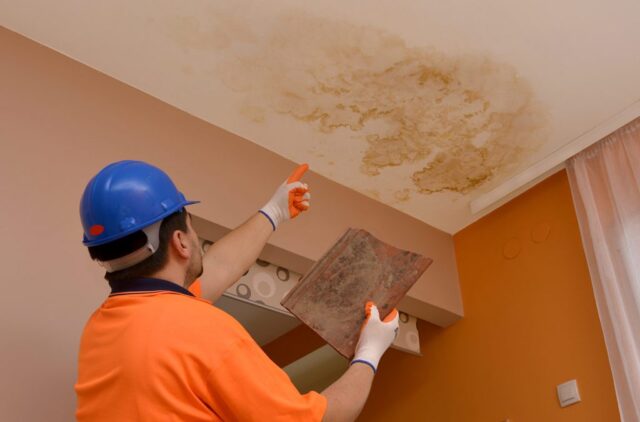
The Aftermath of Unfortuante Events
Even when all the work is done, and the sanation is over, it is not all that is left. You need a few more things to take care of. In the few paragraphs below you’ll see what we’re talking about.
Preventive Measures
Water leaks can lead to substantial damage and expensive repairs. To avoid such incidents, preventive measures are crucial. Regular maintenance of plumbing systems and fixtures, including frequent checks of pipes, faucets, and toilets for potential issues, is necessary. Moreover, the proper insulation and sealing of pipes and water entry points can significantly reduce the risk of leaks.
Humidity Control: An Overlooked Factor
A particular area of concern that often goes unnoticed is high humidity levels. Regular monitoring and addressing changes in humidity levels can prevent damage caused by condensation. Tools like dehumidifiers and effective ventilation systems can be particularly helpful in damp areas such as basements, bathrooms, and kitchens.
Safeguarding Your Property: Insurance Coverage and Claims
Understanding the importance of adequate insurance coverage for water damage is paramount. In the unfortunate event of a leak, comprehensive documentation of the damage, including photographs and detailed notes, can streamline the claims process.

Smooth Sailing: Navigating the Claims Process
Filing claims can be a complex process, and dealing with insurance providers can sometimes be challenging. Involving restoration professionals who can liaise directly with your insurance provider can facilitate a smoother claims process, ensuring you receive the full benefit of your coverage.
Long-Term Strategy: Maintenance and Monitoring
Long-term maintenance and regular inspections should form an integral part of your strategy for water leak prevention. Regular home inspections, especially before seasonal changes when pipes are most vulnerable, can help catch potential issues before they escalate.
Embracing Technology: Smart Systems
With the advent of technology, there are now smart systems that can monitor water usage and detect abnormalities. Leak detectors and smart home systems provide real-time updates, alerting homeowners about potential leaks before they cause significant damage.
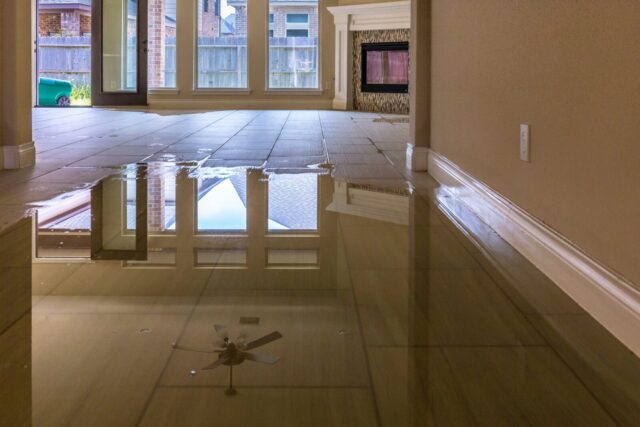
A Culture of Vigilance: The Human Factor
Lastly, building a culture of vigilance and responsibility within the household is crucial. Encourage all members to be observant and proactive in reporting potential issues. It’s far better to address a minor maintenance issue early than to handle extensive water damage down the line. Remember, technology and preventive measures can only go so far without ongoing human awareness and action.



